Investment in Sustainable Infrastructure
Investment in sustainable infrastructure is emerging as a significant driver for the biomaterial market in Germany. The government and private sector are increasingly allocating funds towards projects that promote the use of sustainable materials in construction and manufacturing. Initiatives such as the Green Building Program encourage the integration of biomaterials in building designs, which not only reduces carbon footprints but also enhances energy efficiency. This trend is expected to create new opportunities for biomaterial manufacturers, as the demand for sustainable construction materials rises. The biomaterial market could see an increase in market share, potentially reaching €2 billion by 2029, as infrastructure projects increasingly prioritize sustainability.
Collaboration Between Industry and Academia
The collaboration between industry players and academic institutions in Germany is fostering innovation within the biomaterial market. Research initiatives aimed at developing new biomaterials and enhancing existing ones are gaining momentum, supported by funding from both public and private sectors. This synergy is crucial for advancing the science of biomaterials, leading to breakthroughs that can be commercialized. For example, partnerships between universities and companies have resulted in the development of novel biocomposites that exhibit superior properties for various applications. Such collaborations are likely to accelerate the growth of the biomaterial market, with expectations of reaching €1.8 billion by 2028.
Regulatory Support for Biodegradable Materials
The regulatory landscape in Germany is increasingly favorable towards the adoption of biodegradable materials, which is a key driver for the biomaterial market. The German government has implemented stringent regulations aimed at reducing plastic waste, promoting the use of sustainable alternatives. For instance, the Packaging Act mandates that packaging must be recyclable or compostable, thereby encouraging manufacturers to explore biomaterials. This regulatory push is expected to enhance market growth, with projections indicating that the biomaterial market could reach a valuation of €1.5 billion by 2027. Such supportive policies not only foster innovation but also create a competitive environment for companies specializing in biodegradable solutions.
Rising Consumer Demand for Eco-Friendly Products
In Germany, there is a notable shift in consumer preferences towards eco-friendly products, which significantly impacts the biomaterial market. Surveys indicate that approximately 70% of German consumers are willing to pay a premium for sustainable products, reflecting a growing awareness of environmental issues. This trend is driving manufacturers to invest in biomaterials that align with consumer values. As a result, companies are increasingly incorporating bioplastics and other sustainable materials into their product lines. The biomaterial market is projected to grow at a CAGR of 12% over the next five years, driven by this rising consumer demand for environmentally responsible options.
Technological Innovations in Biomaterial Production
Technological advancements in the production of biomaterials are playing a crucial role in shaping the biomaterial market in Germany. Innovations such as improved extraction methods for biopolymers and the development of new processing techniques are enhancing the efficiency and cost-effectiveness of biomaterial production. For instance, the introduction of fermentation-based processes has shown potential in reducing production costs by up to 30%. These innovations not only improve the economic viability of biomaterials but also expand their applications across various industries, including packaging, automotive, and healthcare. As a result, the biomaterial market is expected to witness robust growth, with an estimated market size of €1.2 billion by 2026.


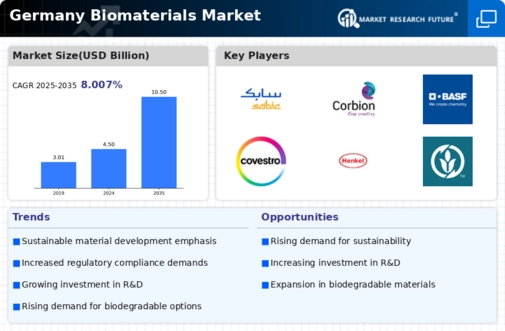

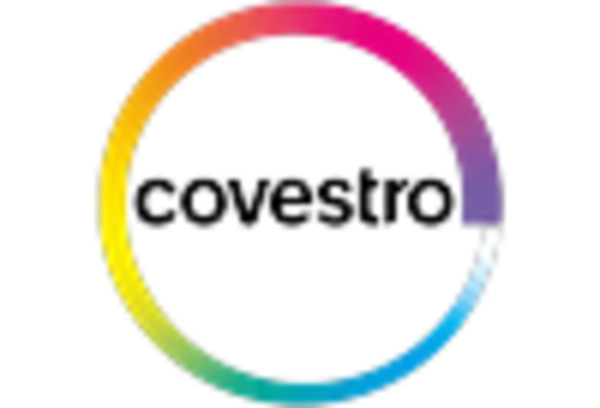
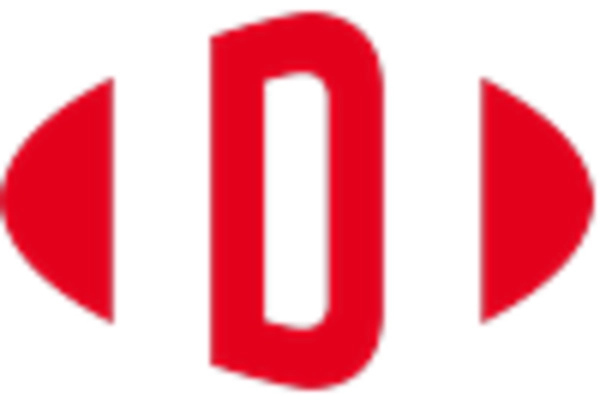
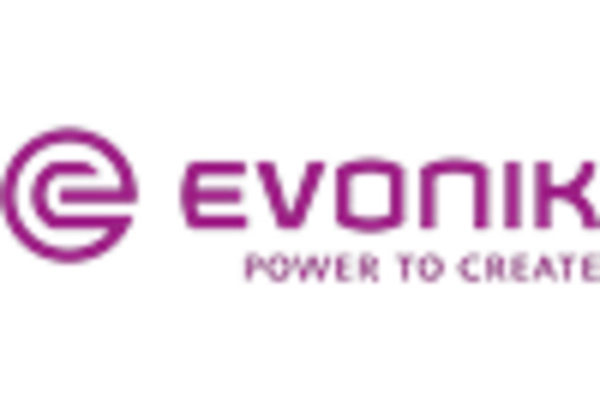
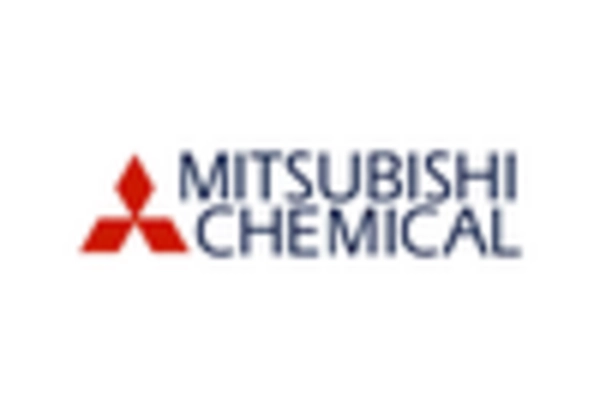
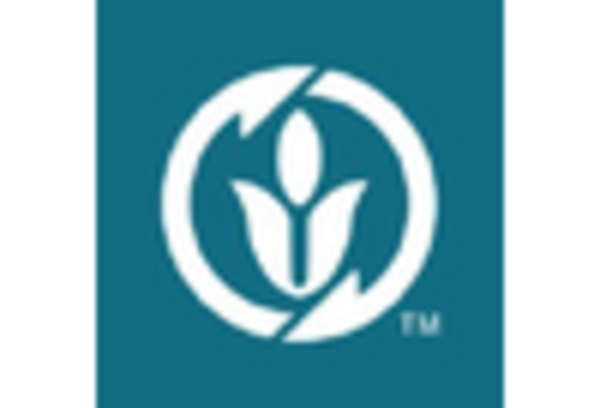








Leave a Comment